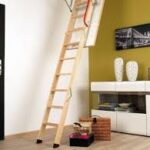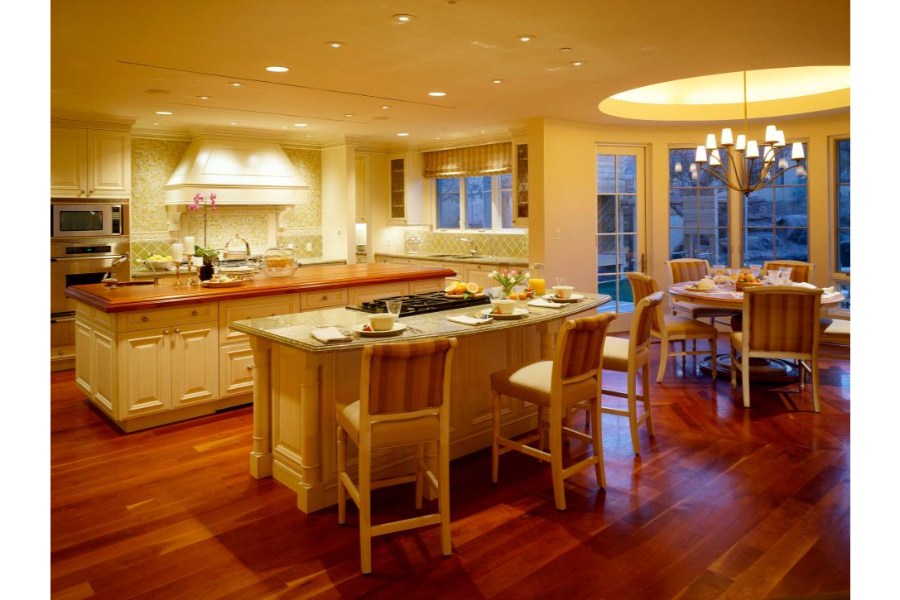Skirting boards may seem like a minor detail in your home, but they actually have a significant impact on the look and feel of a room. If you’re looking to update the appearance of your skirting boards, one easy solution is to install skirting board covers. In this comprehensive guide, we’ll cover everything you need to know about over skirting boards, including the benefits, types, how to install them and much more.
Benefits of Skirting Board Covers:
Skirting board covers are a great option for those looking to update or refresh their skirting boards without the expense of completely replacing them. They are very affordable and can be installed quickly with minimal expertise. They come in a variety of finishes, including wood, aluminum, and PVC, which can complement any interior design scheme. Most importantly, they protect your skirting boards from damage and wear and tear, so they last longer.
Types of Skirting Board Covers:
The most common types of skirting board covers are made out of PVC and MDF (medium density fiberboard). MDF covers are thicker and more durable than PVC covers and are better suited for high traffic areas. However, PVC covers are lighter and easier to install. Both types come in various standard sizes, or you can have them made to measure. Skirting board covers come in different finishes to match many types of flooring, such as real wood, laminate, or tile.
Installation of Skirting Board Covers:
Installation of skirting board covers is relatively simple, requiring only a few tools and some basic DIY skills. Start by measuring your skirting board and the length of the cover you need. Then, apply adhesive to the back of the cover, ensuring even distribution. Press the cover firmly in place and secure it with adhesive or clips. Allow the adhesive to dry for several hours or overnight before doing any painting or decorating. It’s important to understand that the joint between the cover and the skirting board still needs filling with decorator’s caulk to give a seamless finish.
Maintenance of Skirting Board Covers:
One of the benefits of skirting board covers is that they’re easy to maintain, requiring only a quick wipe down with a damp cloth to keep them clean. However, they will pick up scuffs and marks over time, especially in high traffic areas, and may need repainting to keep them looking fresh. Fortunately, this is relatively easy to do if you choose the right paint and follow the manufacturer’s instructions. You’ll need to sand the surface lightly and brush away any dust before applying a primer and two coats of paint. Make sure you use the same type of paint as the original finish.
Professional Installation:
If you’re not confident about doing the work yourself, or you’re not happy with the finished result, you can hire a professional to install your skirting board covers. They will have the tools, experience, and expertise needed to ensure a high-quality finish that will last for years to come.
Conclusion:
Skirting board covers are an inexpensive, practical, and attractive way to update or refresh your skirting boards. With their versatility, durability, and variety of finishes, they can complement any interior design scheme. The installation process is straightforward and can add value to your home. By following the guidelines we’ve outlined above, you should be able to fit skirting board covers with ease, or you can hire a professional to do the job for you. So why not try skirting board covers for your home today, and achieve a stylish and practical look that’s sure to impress your family and friends.









